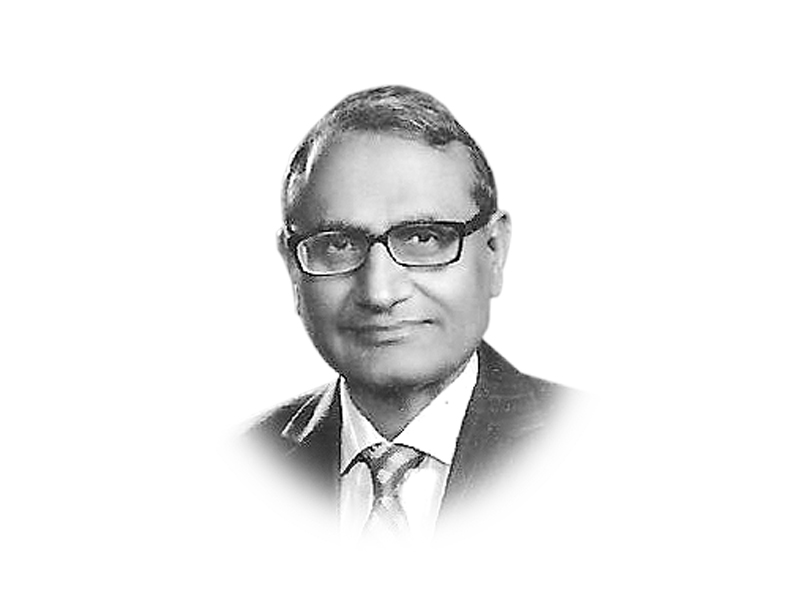
The PML-N government has approved and embarked on a fresh programme of privatisation of state-owned enterprises and properties. The stated objectives include, among others, the reduction of the public sector debt burden and fiscal deficit. In addition, the government expects that privatisation process will increase the efficiency of all economic sectors by invoking the private sector’s technical and financial efficiencies. The decision has raised questions on privatisation as an over-relying option to overcome structural challenges in areas of economy and governance. Drawing on murky experiences of recent past, nationally and globally, analysts have expressed reservations on the motives of privatisation and on it as a viable policy option or imposed conditionality of international lending institutions. Actually, Pakistan’s privatisation programme goes beyond the conditionality of the IMF programme and the country assistance strategy of the World Bank. There are serious concerns about the visible lack of political and social consensus on privatisation due to involvement of cross-cutting stakes and ownerships.
If the past experience of Pakistan is any guide, privatisation policy merely swapped ownership from the public to the private sector. It failed to achieve the objectives of reducing fiscal deficits and public debt. According to the privatisation law, 90 per cent of the proceeds from privatisation should be utilised on debt retirement. The Fiscal Responsibility and Debt Limitation Act requires that the total public debt outstanding should not exceed 60 per cent of GDP. This threshold was achieved only for six years during 2006-2011, not because of privatisation but due to debt rescheduling and restructuring. During the privatisation carried out by the two PML-N governments in the 1990s, the outstanding debts stock reached the all-time high mark of 104.7 per cent of GDP. A study by the Asian Development Bank assessed the performance of 100 units after privatisation. Only 20 units were performing better than before. In the case of manufacturing, 16 out of the 38 privatised units were performing worse than the pre-privatisation period. Transparency has been weak and regulatory mechanisms extremely politicised.
Sale of existing assets does not add to total investment. Total investment has declined significantly. So has employment, as a consequence. Social expenditure continues to be a miserable four per cent of GDP. Poverty, the reduction of which was made an aim of privatisation policy, has been rising. Repeating the same policy will have the same consequences on existing and future opportunities for decent jobs, labour market governance including workers’ rights and working conditions as well as living and operational costs for consumers and economy. Rather than disposing public assets to reduce public debt burdens, the focus should be on enhancing revenues through broadening equitable tax base, removing management deficiencies in public sector enterprises and improving the role of regulatory bodies. The elected representatives should re-examine the need to privatise while upholding the economic and social well-being of the people as citizens, workers and consumers. But this calls for breaking the nexus between business and politics, reflected most in the implementation of the privatisation programme.
Published in The Express Tribune, September 5th, 2014.
Like Opinion & Editorial on Facebook, follow @ETOpEd on Twitter to receive all updates on all our daily pieces.
COMMENTS (1)
Comments are moderated and generally will be posted if they are on-topic and not abusive.
For more information, please see our Comments FAQ



































1713853507-0/MalalaHilary-(2)1713853507-0-270x192.webp)








PMLN privatized 115 state entities in 1990's and now they are richest family in Pakistan; This time they embarked to sell 50 huge state enterprises; Any layman can understand the competency of a ruler who runs efficiently personal assets mills factories but can not manage state entities and emphasizes privatization. what privatization has delivered to the nation lets look at figures; 1) 29 IPP's producing electricity at the rate of 22 RS per unit which government (WAPDA) can provide from Dams at the rate of only 2 RS per unit. Since 1993 these IPP's have looted and sucked blood of poor people collecting nearly 150-200 billion dollars in foreign accounts. 2) Shaukat Aziz did PTCL privatization of an organization which was giving revenue to state of around 1-2 billion dollars per year. This was sold only at two billion dollars and remaining amount of 01 billion is still pending for the last 7 years with etisalat.The new management made around 35-50 billion dollars from Ufone and PTCL in last 7 years.